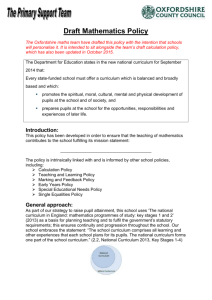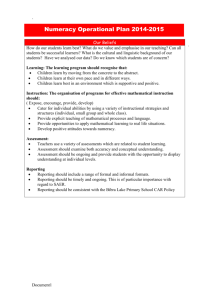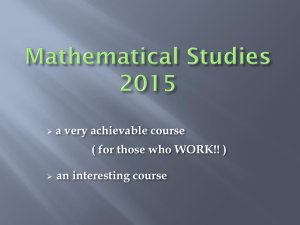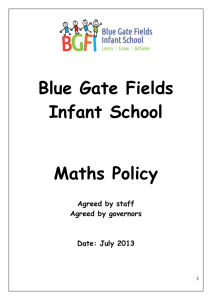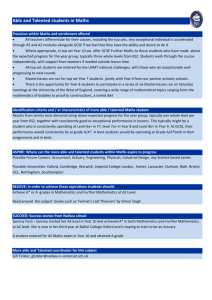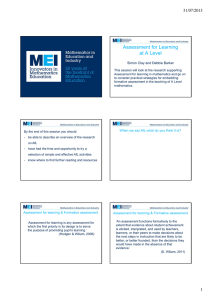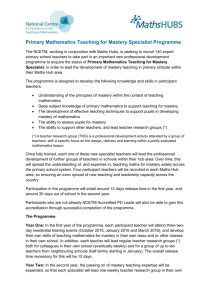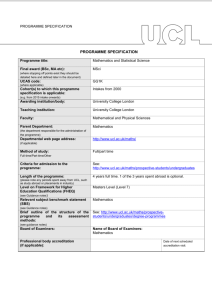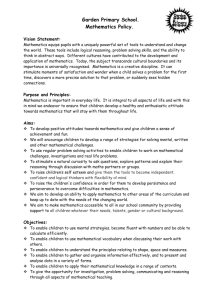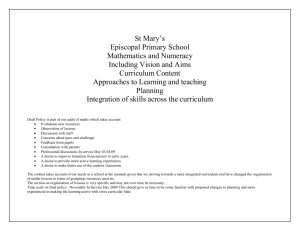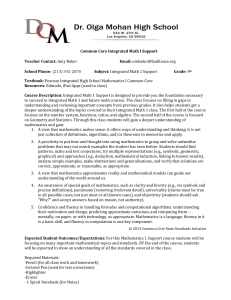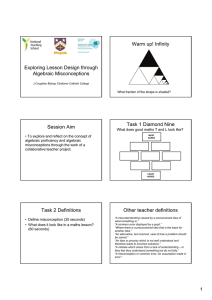Embedding Formative Assessment, Wiliam, 2011
advertisement
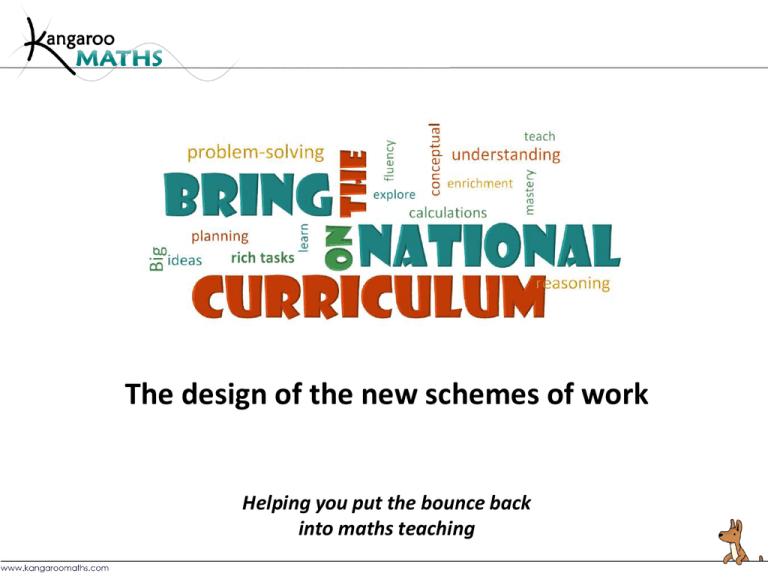
The design of the new schemes of work Helping you put the bounce back into maths teaching Session 2: The Kangaroo Maths Solution: Phase 2 Our thinking …. • • • • A mastery curriculum Involve ‘deliberate practice’ Inspired by the work of Wiliam and Hattie Respond to Ofsted’s comments about schemes of work in ‘Understanding the Score’ and ‘Made to Measure’ reports • Support ‘outstanding’ teaching and mathematics curriculum (Ofsted: Subject Survey Visits for Mathematics) • A framework for assessing without levels • Revolution not evolution ‘Key concepts’ taken from the Programme of Study and then grouped. Stages 1 to 6 already arranged by year. Stages 7 to 11 needed to be chosen to create medium term plans. Progression maps built to show the big picture from Years 1 to 11 Unit names chosen based on mathematical habits of mind (Cuoco, 1996). Organised to ensure any instances of prerequisite knowledge within a year are covered in the first term. All stages align closely throughout the year. Potential learning intentions identified that describe the process of learning. They are examples of what the teacher might select for their class. Learning intentions could also be thought of as learning objectives. See Embedding Formative Assessment, Wiliam, 2011 and Visible Learning for Teachers, Hattie, 2011 Potential success criteria identified that describe the steps to success and outcomes of learning. They are examples, and should not be seen as an exhaustive set. Success criteria could also be thought of as learning outcomes Prerequisites for the example success criteria The mathematical language section includes key vocabulary for the unit and information about the notation that students need to understand Pedagogical notes are relevant for all, but particularly beneficial for nonspecialists and inexperienced teachers. Common approaches are shown in italics as they should be noted in a scheme of work but could be personalised to a school. Suggested activities include links to carefully chosen resources on www.kangaroomaths.com and nrich.maths.org Possible misconceptions highlight some incorrect thinking that students might demonstrate (not mistakes). Thought should be given as to how to exploit these. See Embedding Formative Assessment, Wiliam, 2011 and Learning from Mistakes and Misconceptions, (Standards Unit box) Reasoning opportunities and probing questions utilise questions stems suggested as particularly effective following research by John Mason and Anne Watson See Questions and Prompts for Mathematical Thinking , Watson & Mason, 1998, (ATM) The first part of a framework for assessing without levels: a maximum of 13 mastery indicators each year are chosen to represent the most important skills that students need to acquire in order to make progress in their mathematics Alongside the mastery indicators, essential knowledge lists the facts that students need to know in order to make progress in their mathematics The number of hours for a unit. However, the curriculum model in your school, the place of deliberate practice, and the time it takes students to master concepts will all influence the reality.

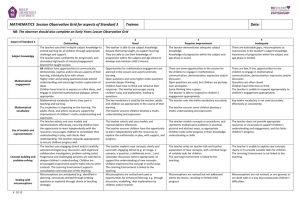
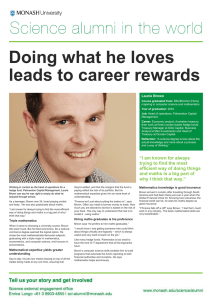
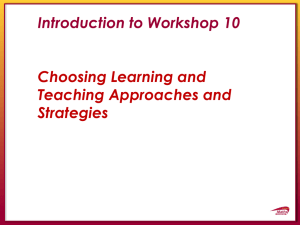
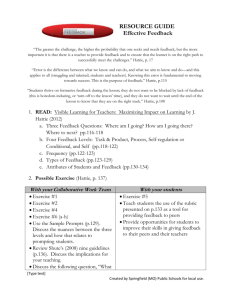
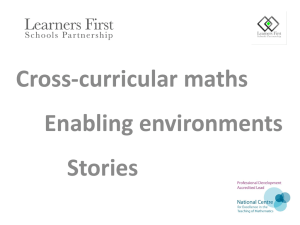
![Problem Solving at KS1 - Parent workshop[...]](http://s3.studylib.net/store/data/007013925_1-578e3f3dbbf7fcdda4d47bd284328e01-300x300.png)
